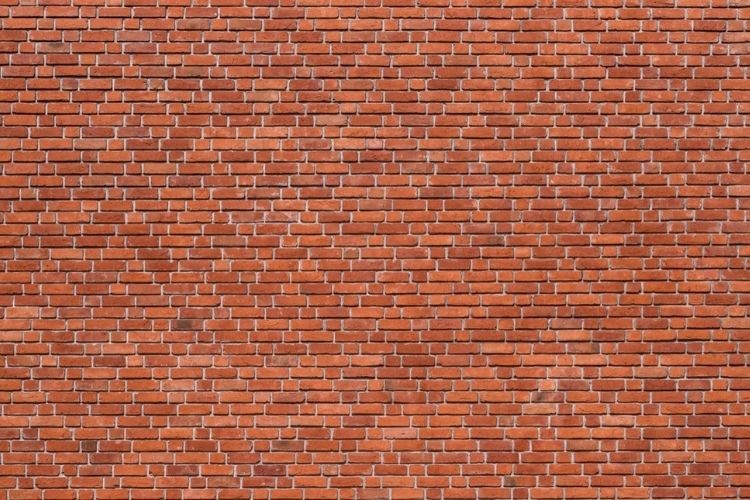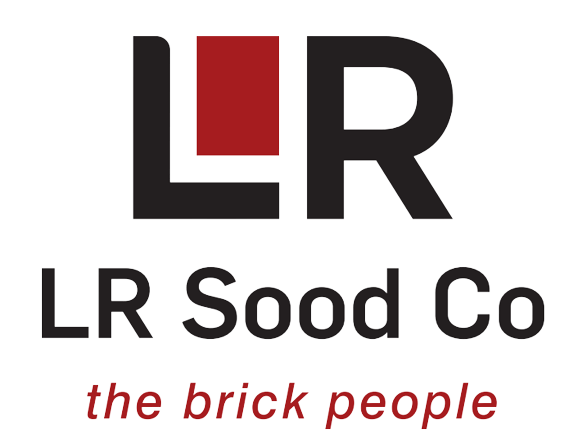Brick Bond Laying Pattern & Mortar Joints

Perhaps the most appealing characteristic of brickwork is its attractive appearance. However, the overall appearance of brickwork, besides the type of bricks used, is profoundly affected by the bond patterns and the mortars used for joints.
Bricks and Bonding Patterns
No two bricks are the same, in terms of color or texture. This becomes one of the most appealing features of brick that gives a house with a natural pleasant outlook and enduring beauty. In some cases choice of a single and uniform color will make the wall look monotonous and dull.
Brickwork can be constructed by various arrangement of bricks bonded to form an integrated structure. There are a few commonly used bond patterns.

Stretcher Bond
The most commonly used bond, a pattern is made only using stretchers, with the joins on each course centred above and below by half a brick. This type of bonding is not particularly strong.
A variation is the Raking stretcher bond. The overlap between bricks is usually a third or a quarter of a brick, instead of half a brick.
Originally used for single brick walls, it became the obvious choice for cavity walls with the least amount of cutting required. It is therefore the most economical bond pattern and is extensively used in modern building

Flemish Bond
This is formed by laying headers and stretchers alternately in each course. The headers of each course are centered on the stretchers of the course below. This bond is strong and often used for walls which are two-bricks thick.

Stretcher Bond with Snap Headers Bond
This is formed by laying headers and stretchers alternately in each course. The headers of each course are centered on the stretchers of the course below. This bond is strong and often used for walls which are two-bricks thick.

Monk Bond
Two stretchers are used between the headers in each course in this Flemish bond variation. The headers are centered over the join between the two stretchers in the course below.
It was commonly used in the region around the Baltic Sea until turn of 13th and 14th centuries, then it was gradually replaced by Flemish bond

Flemish Bond
This is formed by laying headers and stretchers alternately in each course. The headers of each course are centered on the stretchers of the course below. This bond is strong and often used for walls which are two-bricks thick.

English Bond
This is a pattern formed by laying alternate courses of stretchers and headers. The joins between the stretchers are centered on the headers in the course below. This is one of the strongest bonds but requires more facing bricks than other bonds.
It is the preferred bonding pattern for bridges, viaducts, embankment walls and other civil engineering architectures.

English Garden Wall Bond
This is similar to the English bond but with one course of headers for every three courses of stretcher. The headers are centered on the headers in course below. This gives quick lateral spread of load and uses fewer facings than an English bond.

Flemish Garden Wall Bond
This consists of alternate course composed of one header to three or sometimes even five stretchers in series throughout the length of the courses. Each alternate course contains a three quarter bat placed next to the quoin header and a header is laid over the middle of each central stretcher.
Explore how designers have used bricks with different bonding patterns in their projects here.


